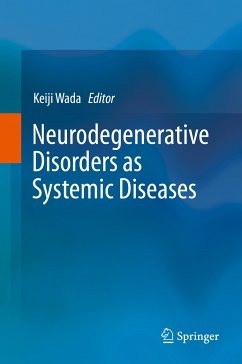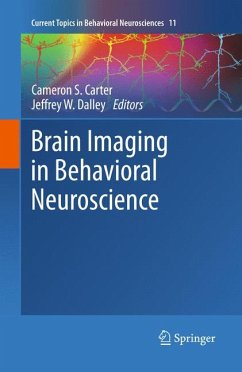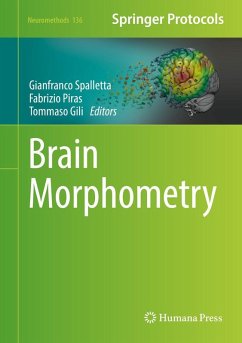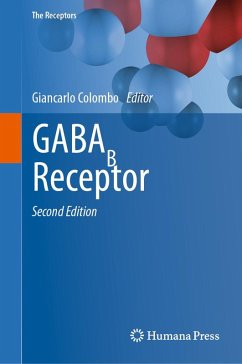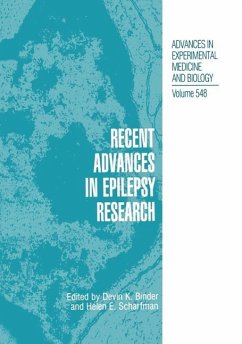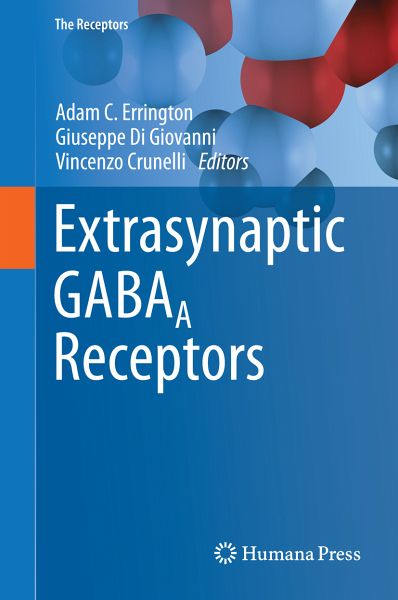
Extrasynaptic GABAA Receptors (eBook, PDF)
Versandkostenfrei!
Sofort per Download lieferbar
72,95 €
inkl. MwSt.
Weitere Ausgaben:

PAYBACK Punkte
36 °P sammeln!
GABA is the principal inhibitory neurotransmitter in the CNS and acts via GABAA and GABAB receptors. Recently, a novel form of GABAA receptor-mediated inhibition, termed "tonic" inhibition, has been described. Whereas synaptic GABAA receptors underlie classical "phasic" GABAA receptor-mediated inhibition (inhibitory postsynaptic currents), tonic GABAA receptor-mediated inhibition results from the activation of extrasynaptic receptors by low concentrations of ambient GABA. Extrasynaptic GABAA receptors are composed of receptor subunits that convey biophysical properties ideally suited to the ge...
GABA is the principal inhibitory neurotransmitter in the CNS and acts via GABAA and GABAB receptors. Recently, a novel form of GABAA receptor-mediated inhibition, termed "tonic" inhibition, has been described. Whereas synaptic GABAA receptors underlie classical "phasic" GABAA receptor-mediated inhibition (inhibitory postsynaptic currents), tonic GABAA receptor-mediated inhibition results from the activation of extrasynaptic receptors by low concentrations of ambient GABA. Extrasynaptic GABAA receptors are composed of receptor subunits that convey biophysical properties ideally suited to the generation of persistent inhibition and are pharmacologically and functionally distinct from their synaptic counterparts. This book highlights ongoing work examining the properties of recombinant and native extrasynaptic GABAA receptors and their preferential targeting by endogenous and clinically relevant agents. In addition, it emphasizes the important role of extrasynaptic GABAA receptors in GABAergic inhibition throughout the CNS and identifies them as a major player in both physiological and pathophysiological processes.
Dieser Download kann aus rechtlichen Gründen nur mit Rechnungsadresse in A, B, BG, CY, CZ, D, DK, EW, E, FIN, F, GR, HR, H, IRL, I, LT, L, LR, M, NL, PL, P, R, S, SLO, SK ausgeliefert werden.





